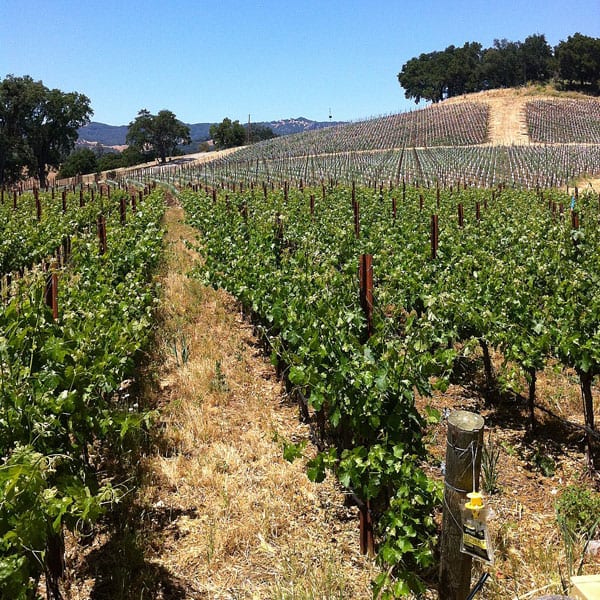
December 12, 2018; GritPost and Wall Street Journal
There’s an unusual name on the list of the top 20 grape growers in the Paso Robles wine region of California: Harvard University.
More specifically, the Harvard Management Co. (HMC), which owns over ten thousand acres of vineyards in California. The university purchased these properties through a shell company called Brodiaea, which was formed in 2012.
Brodiaea and another shell, SLO San Juan Road LLC, have been busily buying up land, digging wells, and growing grapes. That’s because Harvard recognizes that water is the ultimate invaluable resource—increasingly scarce due to climate change and impossible to do without.
The farmland itself wouldn’t be a worthwhile investment at the price Harvard paid without the prospect of greater earnings. Reports showed that Harvard bought the land at inflated prices, but the value of these investments has still more than tripled since 2013, to over $300 million.
According to its own student newspaper, The Crimson, HMC has spent over $1 billion to buy 800,000 hectares of farmland, or over 3,000 square miles. This is part of its investment strategy, known as the Yale Model or the Harvard Model of investing. Following this model, university endowments put about half their assets into investments other than stocks and bonds—things like oil, timber, startups, hedge funds, and, apparently, farmland.
Apart from the pummeling it took during the financial crisis of 2008, historically, this model has done very well—sometimes twice as well as retirement or pension funds. But it brings with it the usual hazards of participation in the economy: the investments are burdened by the moral weight of real-world assets, which invites criticism from conscientious stakeholders.
Sign up for our free newsletters
Subscribe to NPQ's newsletters to have our top stories delivered directly to your inbox.
By signing up, you agree to our privacy policy and terms of use, and to receive messages from NPQ and our partners.
Harvard’s land investments, while typically less in the public eye than their fossil fuel holdings, are equally problematic in many ways. HMC owns timber forests or farmland in Brazil, Romania, Argentina, Chile, Ecuador, Uruguay, and New Zealand. Indigenous people in Brazil report being pushed or kept off land that Harvard purchased and where previously they had been allowed, and some claim that pesticide use caused an increase in cancer patients, according to a report from Genetic Resources Action International and Rede Social de Justiça e Direitos Humanos.
The report claimed, “Harvard’s decades of farmland deals has generated many casualties, from Brazilian peasants to South African farm workers to rural Californians.” Rural Californians worry that a university more than 3,000 miles away will have control over their water use strategy as access becomes more difficult.
It has become clear to many people that water will be the source of a crisis in states like California that are dry and getting drier. Michael Burry, who famously predicted the 2008 financial crisis and whose discovery was dramatized in The Big Short, said, “Fresh, clean water cannot be taken for granted. And it is not—water is political, and litigious…What became clear to me is that food is the way to invest in water. That is, grow food in water-rich areas and transport it for sale in water-poor areas.”
Tom Cahill at GritPost writes, “the goal of buying land containing access to groundwater is to be able to profit by growing food in water-rich areas and selling that food to dry areas at a higher price.” Harvard is growing grapes, which are about 75 percent water, and selling them to area winemakers. They claim their interest in land acquisition is “purely agricultural.”
Of course, the very idea that a single, exorbitantly wealthy institution should own not only land but also the water underneath it, and profit off that ownership in times of environmental stress, runs counter to the collective economy vision shared by many in the nonprofit sector. Steve Dubb reflected earlier this week on the concept of ownership as it applies to land, and NPQ explored strategies for community land stewardship in a webinar with leading activists around the country.
Communities of color, and those without significant financial resources, already bear the brunt of climate change and have the greatest challenges accessing safe water. Turning a basic need like water into a commodity at the service of private capital during a worldwide climate crisis is exactly the sort of thing these community ownership strategies are designed to prevent. HMC has lost one oversee already over its refusal to divest from fossil fuels; what will be the drop that breaks the dam when the drought hits California?—Erin Rubin













